If a shoe carries a CE-label, this indicates the following: the product meets the requirements of European Regulation 2016/425 regarding personal protective equipment. The CE-standard EN ISO 20345 consists of two parts. The basis label means that a product meets a number of basic requirements. If the product also meets certain additional requirements, this is indicated by a symbol on the shoe.
EXPLANATION OF THE SYMBOLS
| OB | Professional shoes without a toecap |
| SB | Protective footwear for professional use with toecaps designed to give protection against impact when tested at an energy level of 200 joules |
| S1 | As SB plus antistatic properties, energy absorption of seat region, closed heel and resistance to fuel oil |
| S1P | As S1 plus anti penetration resistant insert |
| S2 | As S1 plus water resistance and water absorption of upper material |
| S3 | As S2 plus anti penetration resistant insert and cleated outsole |
| S4 | All-rubber or all-polymer footwear, antistatic properties, energy absorption of seat region, protective toecap, closed heel and resistance to fuel oil |
| S5 | As S4 plus anti penetration resistant insert and cleated outsole |
Additional requirements for special applications with specific marks:
| P | Penetration resistance | HI | Insulation against heat | HRO | Heat Resistant Outsole |
| C | Conductive | CI | Insulation against cold | SBH | Hybrid footwear |
| A | Antistatic | CR | Cut resistant footwear | ESD | Electrostatic discharge |
| E | Energy absorption | AN | Ankle protection | SRA/SRB/SRC | Slip resistance |
| I | Insulating footwear | WR | Water resistant footwear | ||
| M | Metatarsal protection 100 J impact energy | WRU | Water resistant upper | ||
| FRU | Flame resistant upper |
CAREFULLY READ THESE INSTRUCTIONS BEFORE USING THIS PRODUCT: This footwear is designed to minimize the risk of injury from the specific hazards as identified by the marking on the particular product (see marking codes above). However, always remember that no item of PPE can provide full protection and care must always be taken while carrying out the risk-related activity.
PERFORMANCE AND LIMITATIONS OF USE – These products have been tested in accordance with EN ISO 20345:2011 for the types of protection defined on the product by the marking codes explained above. However, always ensure that the footwear is suitable for the intended end use.
FITTING, SIZING – To put on and take off shoes or boots, always fully undo the fastening systems. Only wear footwear of a suitable size. Shoes that are either too loose or too tight will restrict movement and will not provide the optimum level of protection. The shoe size is always clearly marked on our shoes.
COMPATIBILITY – To optimize protection, in some instances it may be necessary to use this footwear with additional PPE such as protective trousers or over gaiters. In this case, before carrying out the risk related activity, consult your supplier to ensure that all your protective products are compatible and suitable for your application.
SOCKS & COMFORT – Wear Bata Industrials socks, change your socks regularly and, in case of perspiration, take alternating hot and cold baths. Use soap sparingly. Change shoes regularly: leather is a natural product and should be allowed to rest.
Risk analysis is always the responsibility of the prevention advisor. The prevention advisor, in consultation with the hierarchal line, prepares the advice whereby the employer undertakes the necessary actions.
